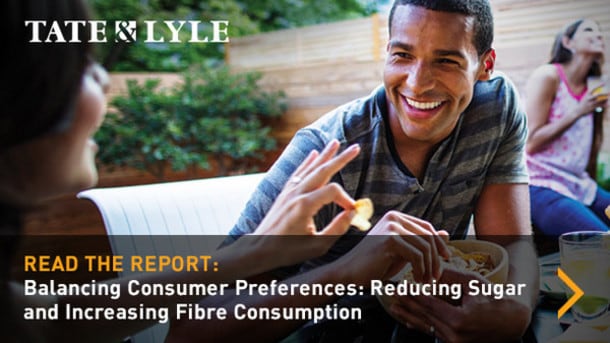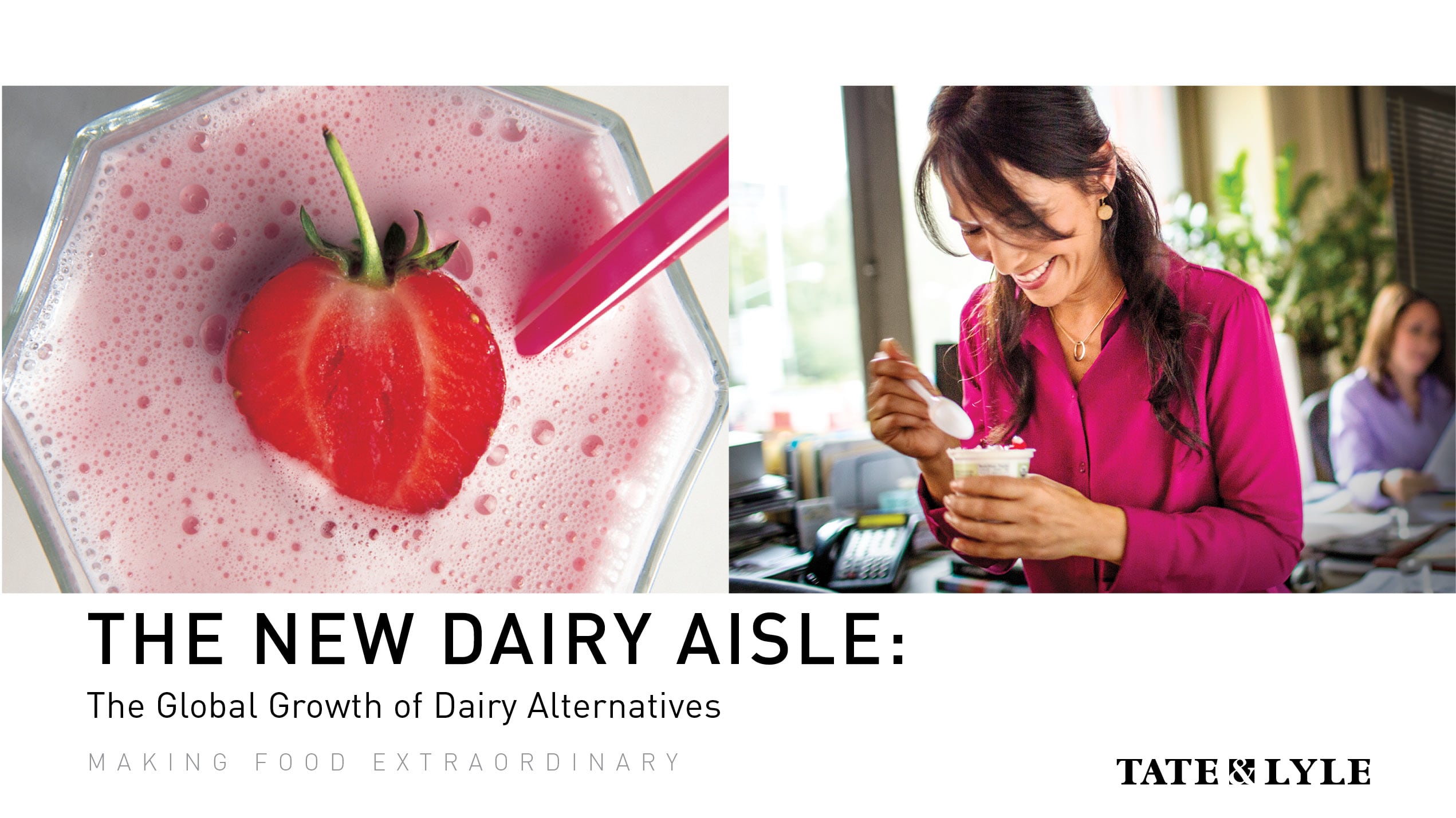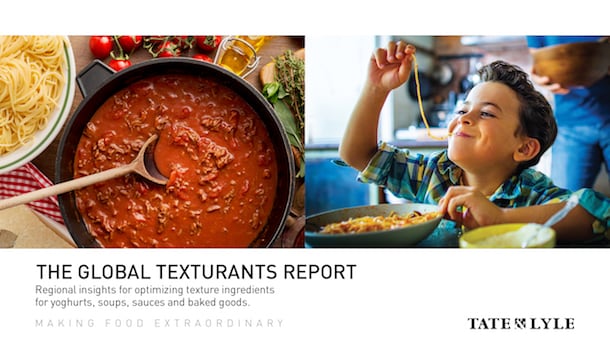With the ever more complex reformulation waves facing the food industry, having the skills to successfully reformulate products into healthier, cleaner label and more sustainable versions is essential – all while maintaining a satisfying taste experience.
Continuing to meet consumers’ expectations of taste is essential to ensure repeat purchases and brand loyalty, setting products apart in a competitive market.
Health concerns are more prominent than ever in today’s market. Today, consumers embrace a proactive approach to health.¹ This transition in mindset is reshaping not only the healthcare industry, but the food industry too.
Connecting consumer insights, sensory science and ingredient solutions are key to making reformulation quicker, easier and tastier. But meeting consumer expectations is not always an easy challenge. It is widely known that taste is the number one purchase driver of food and beverage – but what fewer know is that mouthfeel plays an integral role in making sure products taste great.
Mouthfeel is the texture and sensation experienced when consuming food and beverages. This includes how food looks, tastes, sounds and feels in your mouth. It is a key driver of food preference and a big part of taste, making it a critical factor for formulators when designing eating experiences.
What are the challenges for formulators?
Reformulation and innovation are driven by consumers’ increasing expectation that products meet new dietary preferences, utilise recognisable ingredients and deliver nutritional benefits – while always keeping their signature taste and texture in check.
These sensory qualities are key to consumer satisfaction, yet even small changes can alter how a product feels and performs when eaten. Achieving a healthier profile without compromising taste and texture is a delicate balancing act.
As well as increasing demand for lower sugar, lower fat and cleaner labels, formulators are also faced with measures such as HFSS, NutriScore and others. These regulations often require innovative ingredient solutions to reduce fat, salt and sugar content, while maintaining the consumer-preferred taste profiles.
In addition to technical hurdles, issues around climate change, the cost of living and consumer need for convenience further complicate the process. This can force formulators to balance factors like using sustainable or climate-resilient ingredients with keeping costs down.
Trying to balance all these factors into the formulation, whilst keeping taste in check is a hard task. This is because food companies often lack access to specific insights on consumer preferred mouthfeel and textural profiles – a piece of information that can hugely increase the success rates in reformulation.
What happens today is that formulators are often caught in a cycle of trial and error when developing reformulated recipes, where R&D is translating a marketing briefing into technical problems to solve, which are then developed into test recipes for consumers to try. This process can lack accuracy, be complex and cumbersome, requiring time and resources that drive up cost.
Mastering mouthfeel when reformulating is key to de-risk reformulation into healthier, cleaner, more affordable versions. Once a formulator has mastered the mouthfeel preference of its consumers, there is an opportunity to improve the eating experience and stand out from competition.
So, how can formulators rise to the challenge of enhancing sensory appeal, improving functionality and upholding clean-label standards?
Harnessing mouthfeel to drive product success
In this Spotlight On broadcast, experts from Tate & Lyle, academia and gastronomy reveal how mouthfeel influences consumer preference and its potential to be harnessed by formulators. The broadcast will explore the nuances of the buzzword ‘mouthfeel’ and how mastering it can help brands thrive in the next reformulation waves.
Join the event to discover:
- Exclusive consumer insights into texture and sensory expectations
- Live experiments showing how sound, sight and shape impact taste
- A look at Tate & Lyle Sensation™, a tool that connects consumer insights, sensory science and ingredient solutions to make your reformulation quicker, easier and tastier.
- Practical demonstrations of how mouthfeel is assessed across the consumption journey
Tate & Lyle speaks to experts in the UK and the US to unveil the nuances of mouthfeel, how consumers acquire preferences and ultimately: what are the key challenges that formulators need to be ready to tackle reformulation, and what is the cutting edge science available for them to do it.
Join us for ‘Mouthfeel: The key to securing success in the next reformulation waves’ on December 9 at 4PM (CET) for a hands-on deep dive showcasing how formulators can master mouthfeel.
References








